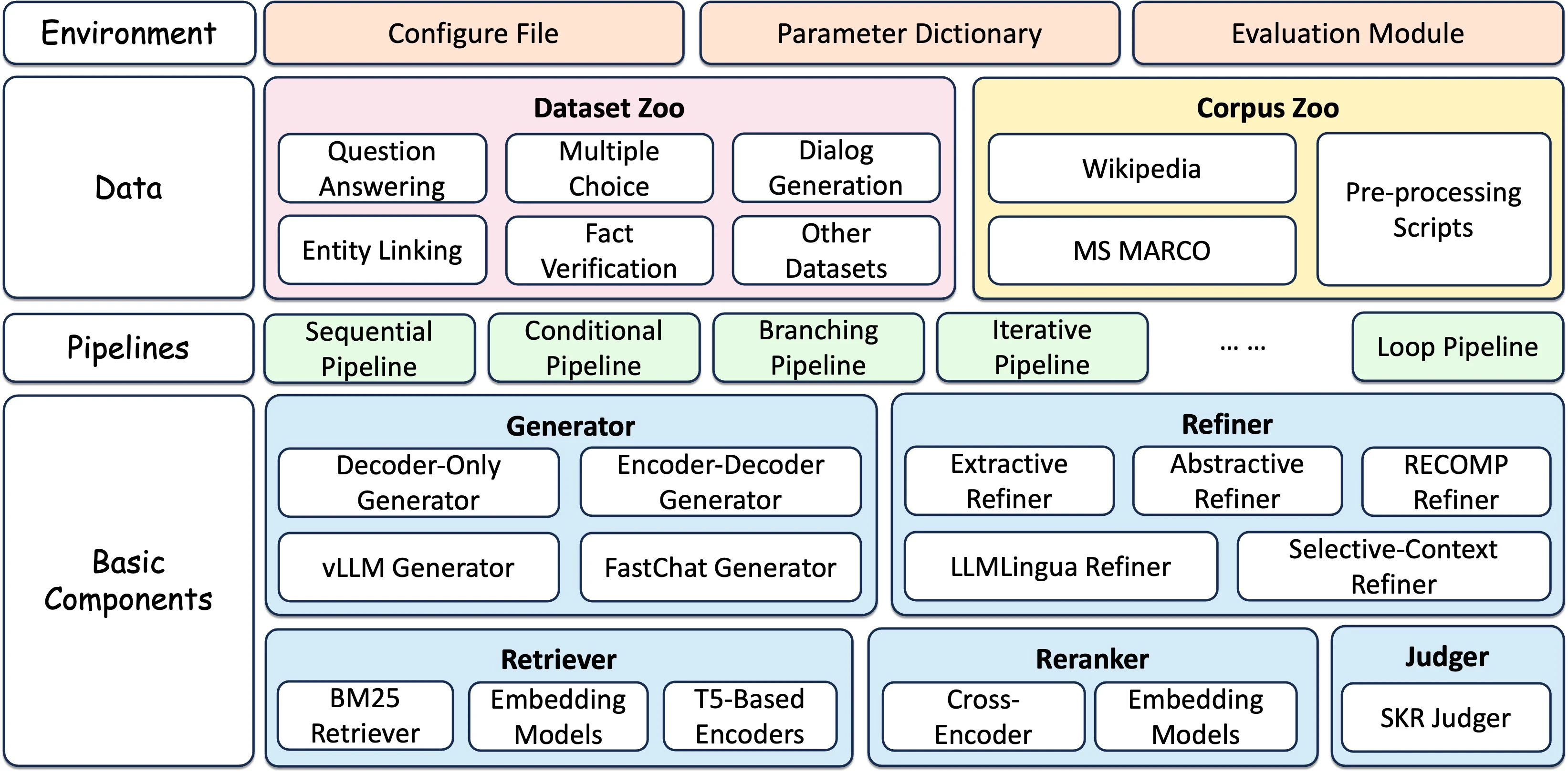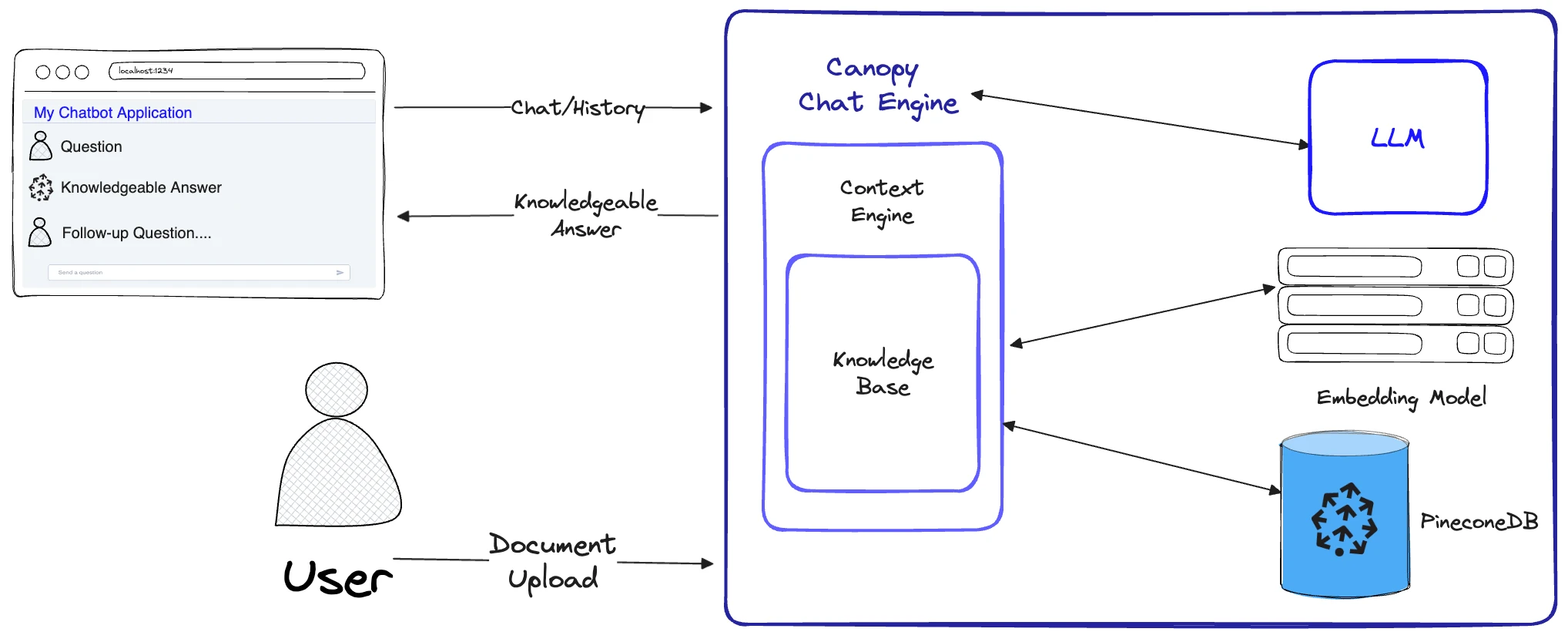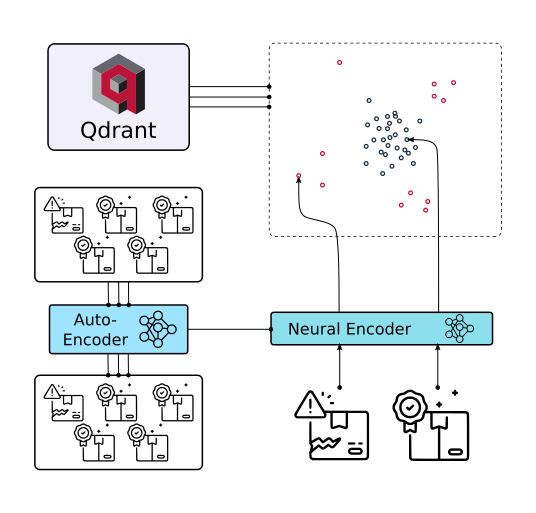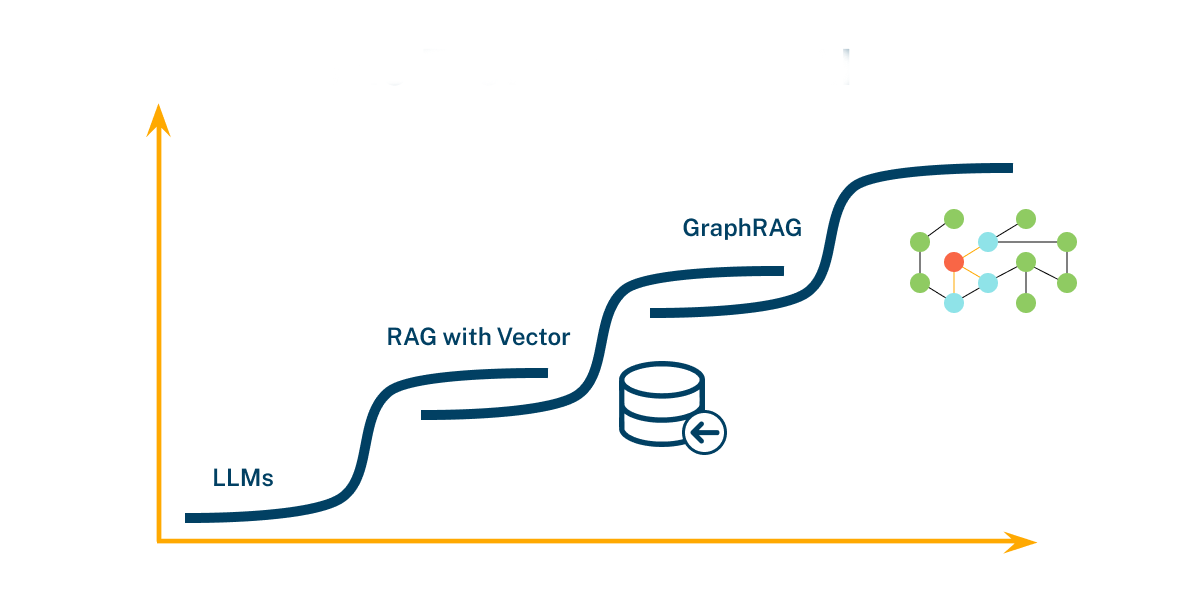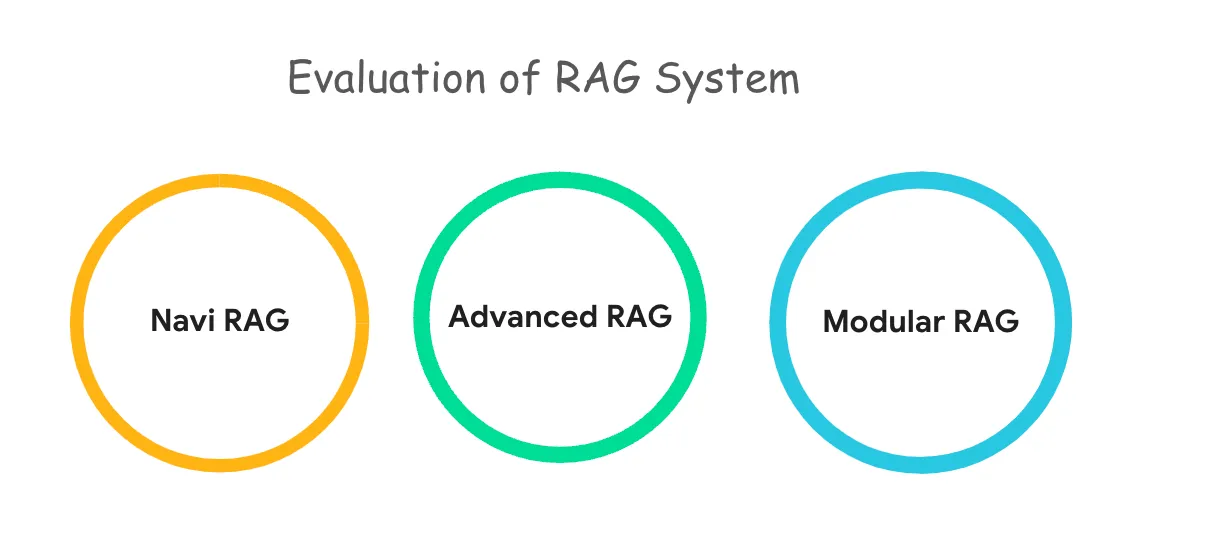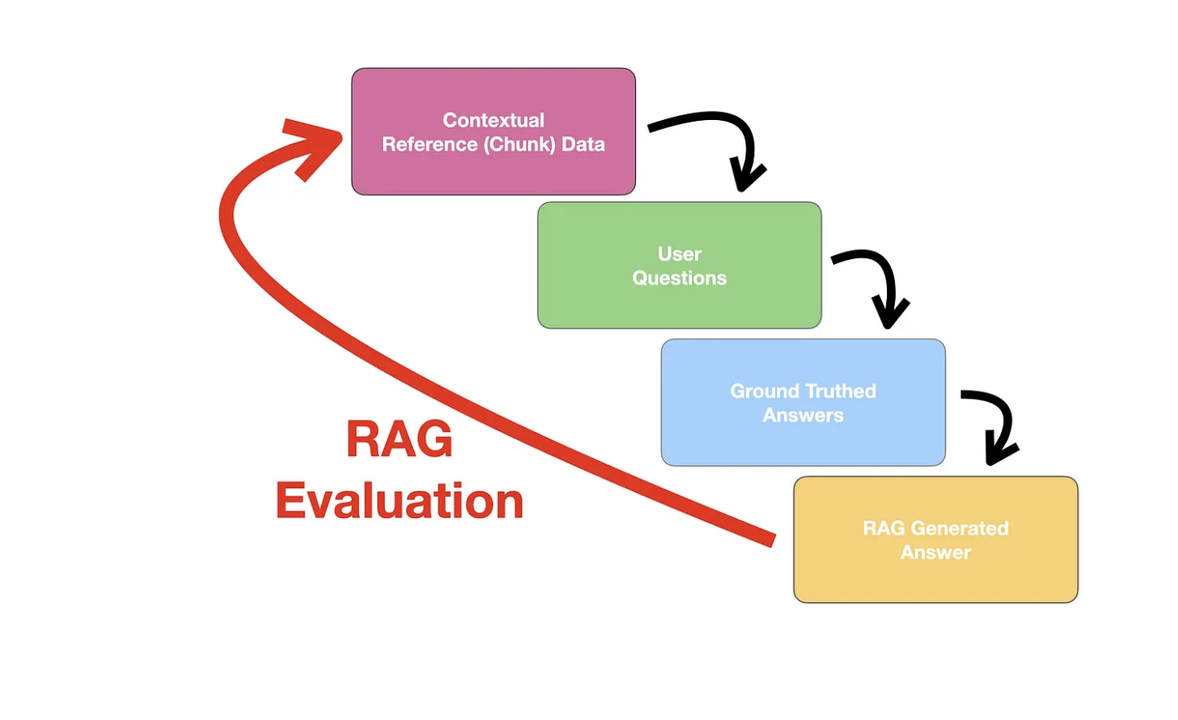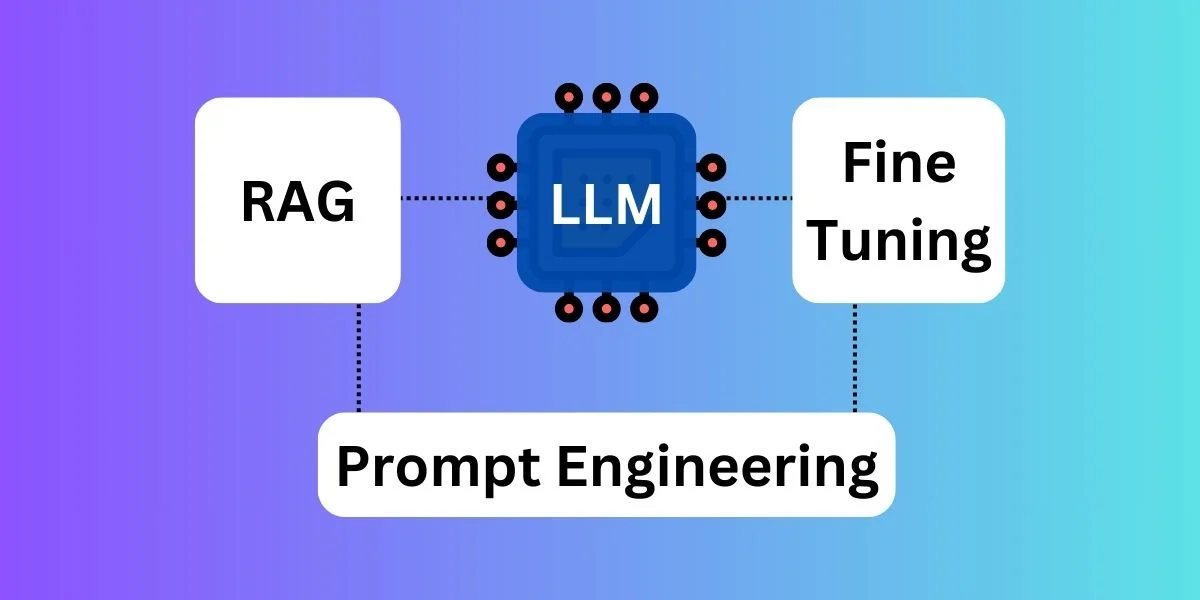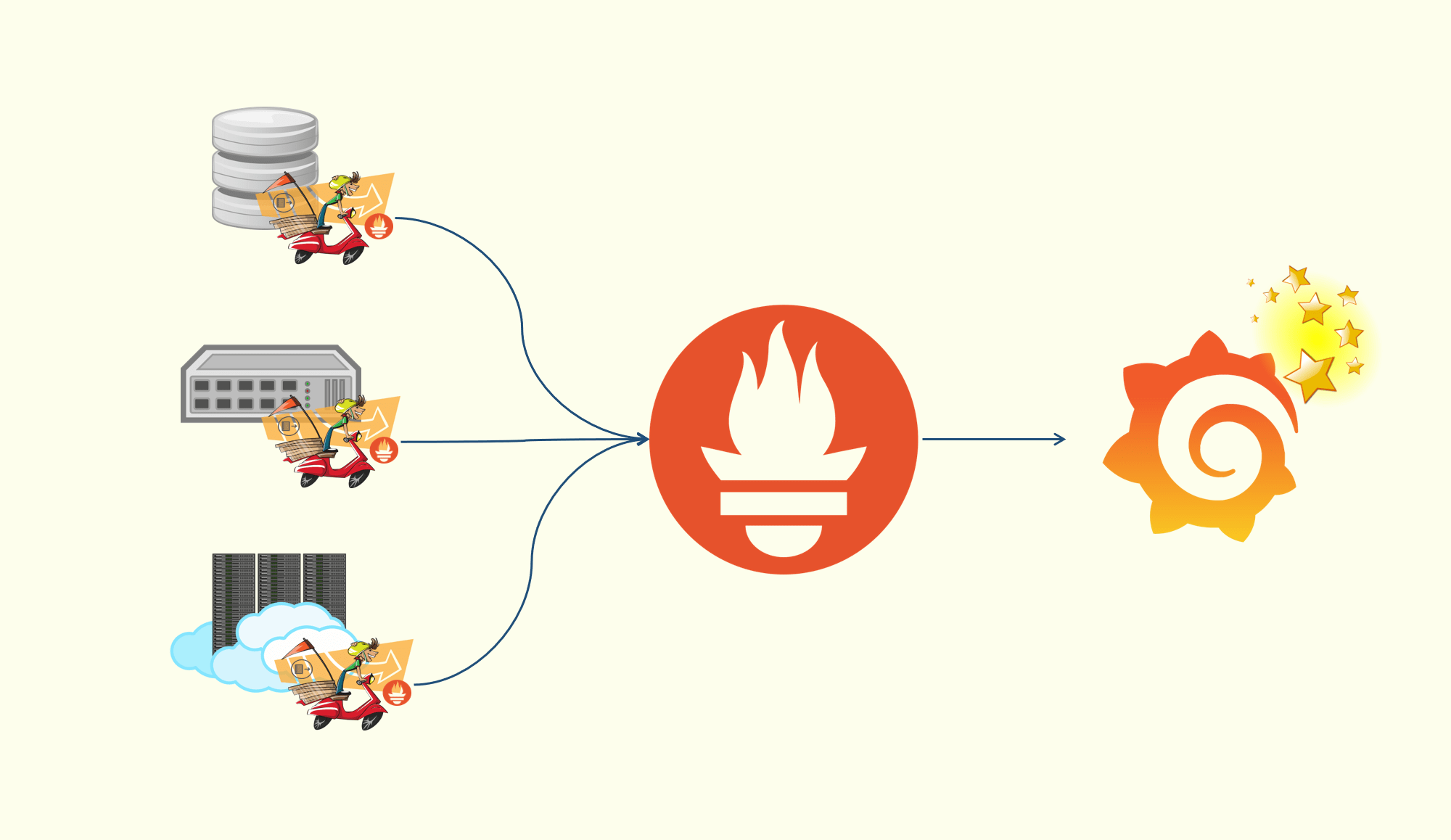RAG - Frameworks
Overview
- Retrieval-Augmented Generation (RAG) is an AI framework that enhances the capabilities of large language models (LLMs) by incorporating external knowledge sources.
- It helps overcome limitations such as knowledge cutoff dates and reduces the risk of hallucinations in LLM outputs.
- RAG works by retrieving relevant information from a knowledge base and using it to augment the LLM’s input, allowing the model to generate more accurate, up-to-date, and contextually relevant responses.
Haystack
- Haystack is an end-to-end LLM framework that allows you to build applications powered by LLMs, Transformer models, vector search and more.
- Whether you want to perform RAG, document search, question answering or answer generation, Haystack can orchestrate state-of-the-art embedding models and LLMs into pipelines to build end-to-end NLP applications and solve your use case.
- Haystack supports multiple installation methods including Docker images. You can simply get Haystack via pip.
RAGFlow
- RAGFlow offers a streamlined RAG workflow for businesses of any scale, combining LLM (Large Language Models) to provide truthful question-answering capabilities, backed by well-founded citations from various complex formatted data.
- It features “Quality in, quality out“, template-based chunking, grounded citations with reduced hallucinations, compatibility with heterogeneous data sources, and automated and effortless RAG workflow.
Prerequisites
| Component | Desc |
|---|---|
| CPU | >= 4 cores |
| RAM | >= 16 GB |
| Disk | >= 50 GB |
| Docker | >= 24.0.0 |
| Docker Compose | >= v2.26.1 |
STORM
- STORM is a LLM system that writes Wikipedia-like articles from scratch based on Internet search.
- It breaks down generating long articles with citations into two steps
- Pre-writing stage and Writing stage
- and identifies the core of automating the research process as automatically coming up with good questions to ask.
- To improve the depth and breadth of the questions, STORM adopts two strategies
- Perspective-Guided Question Asking and Simulated Conversation.
- Based on the separation of the two stages, STORM is implemented in a highly modular way using dspy.
- DSPy: Programming—not prompting—Foundation Models
FlashRAG
- FlashRAG is a Python toolkit for the reproduction and development of RAG research including 32 pre-processed benchmark RAG datasets and 14 state-of-the-art RAG algorithms.
- With FlashRAG and provided resources, you can reproduce existing SOTA works in the RAG domain or implement your custom RAG processes and components.
- FlashRAG features Extensive and Customizable Framework, Comprehensive Benchmark Datasets, Pre-implemented Advanced RAG Algorithms, Efficient Preprocessing Stage, and Optimized Execution. It’s still under development and more good functions are to be uncovered.
Canopy
- Canopy is an open-source RAG framework and context engine built on top of the Pinecone vector database enabling you to quickly and easily experiment with and build applications using RAG.
- Just start chatting with your documents or text data with a few simple commands.
- Canopy takes on the heavy lifting for building RAG applications
- from chunking and embedding your text data to chat history management, query optimization, context retrieval (including prompt engineering), and augmented generation.
- It provides a configurable built-in server so you can effortlessly deploy a RAG-powered chat application to your existing chat UI or interface. Or you can build your own, custom RAG application using the Canopy library.
- It lets you evaluate your RAG workflow with a CLI based chat tool as well.
- With a simple command in the Canopy CLI you can interactively chat with your text data and compare RAG vs. non-RAG workflows side-by-side.
All articles on this blog are licensed under CC BY-NC-SA 4.0 unless otherwise stated.





